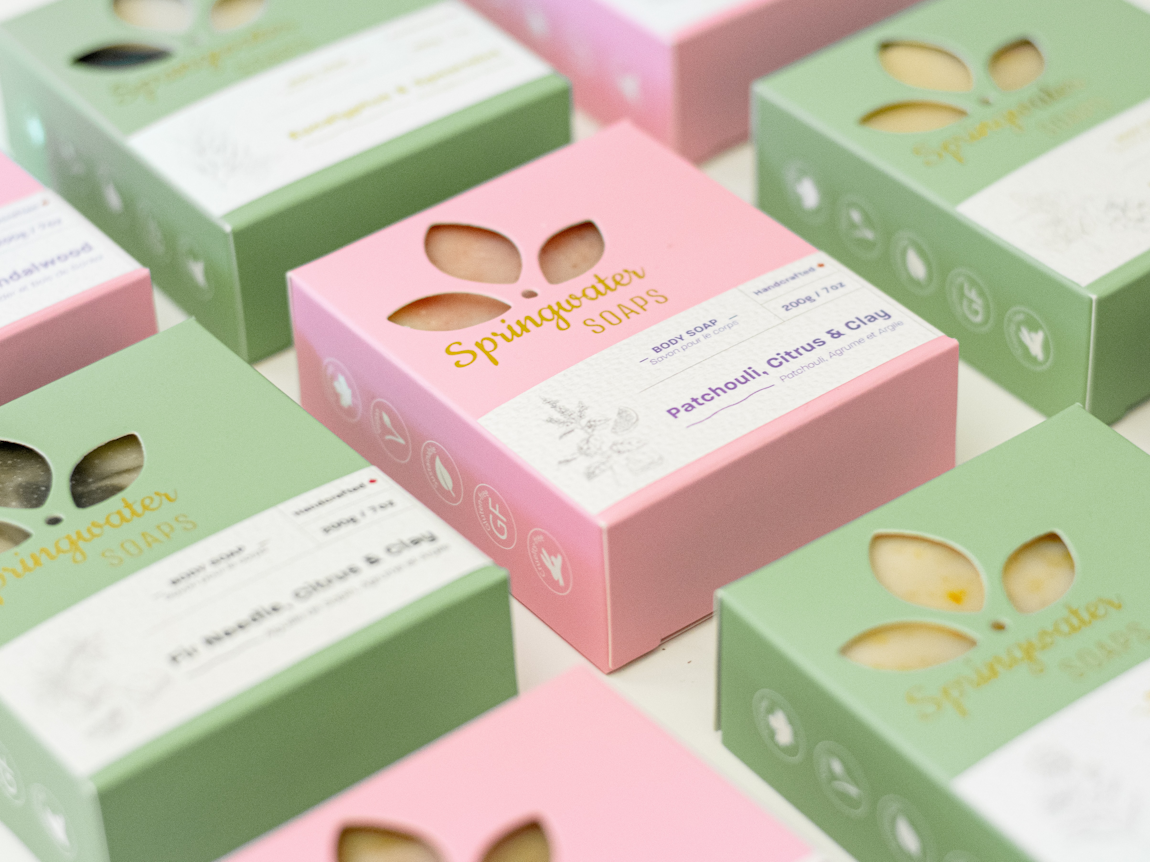As a business, it is therefore essential to prioritise packaging design that not only captures attention but also conveys the brand's values and the product's essence. An appealing and well-thought-out packaging can evoke emotions, trigger curiosity, and even communicate the product's quality.
In this article, we will be exploring the impact packaging has on consumer behaviour and explore how businesses can leverage creative packaging design to influence buying decisions and establish a memorable brand identity.
Packaging can influence the perception of a products quality
Packaging plays a crucial role in shaping consumers' perceptions of a product's quality. It serves as the first point of contact between the consumer and the product, and often forms the basis for initial judgments. The design, materials, and overall presentation of the packaging can convey a sense of value, authenticity, and attention to detail.
For example, premium materials, such as sturdy cardboard, embossed textures, and glossy finishes, can suggest durability and high quality craftsmanship. On the other hand, cheap or flimsy packaging might raise doubts about the product's integrity. This can ultimately influence whether or not a consumer even picks up a products from a shelf, let alone purchase it.



